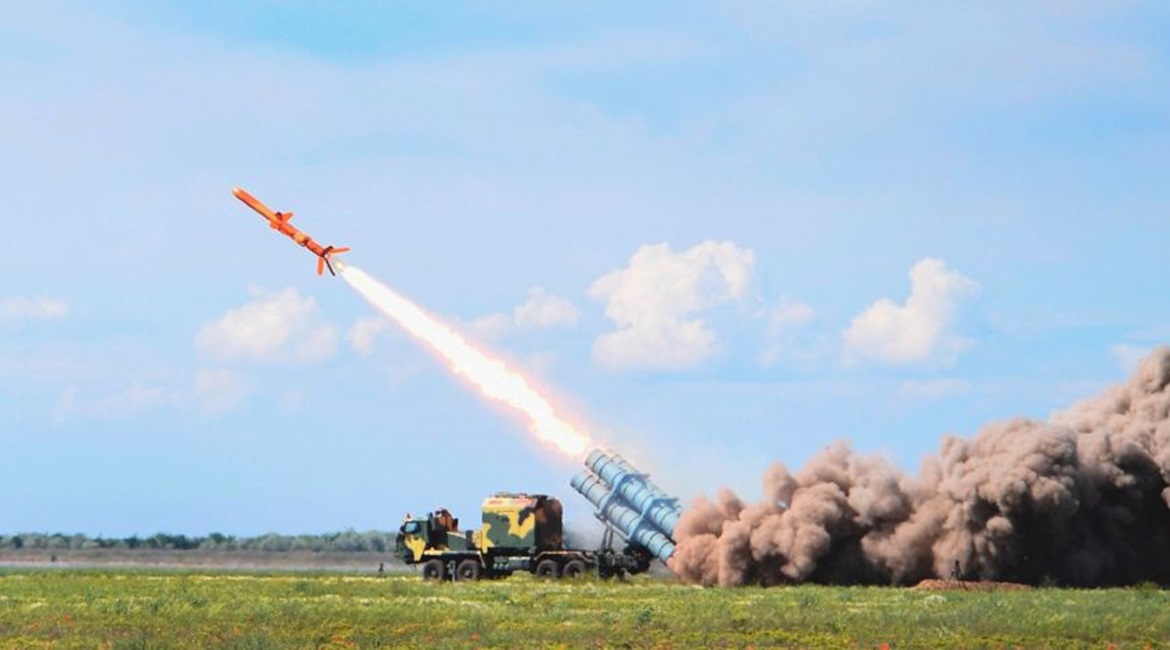Empleo táctico del misil Neptune
Contenido principal del artículo
Resumen
Resumen:
La historia nos ha enseñado que la guerra ha sido una constante en la evolución del ser humano, los conflictos se han presentado por diferentes motivos y en concordancia con el desarrollo tecnológico del armamento, así como de las doctrinas y planes de guerra. En el ámbito naval, la guerra de Rusia y Ucrania nos ha demostrado que cada vez es menos factible la aproximación a costa por unidades de superficie, debido a que estas estarían expuestas a recibir ataque por misiles desde tierra, que muchas veces no podrán ser detectados hasta una fase final de aproximación. Así mismo, se resalta la ventaja táctica de tener en el área de operaciones una aeronave exploradora que permita brindar la posición del blanco a los aliados en costa, permitiendo así engancharlo con misiles lanzados desde costa.
Abstract:
History has taught us that war has been a constant in the evolution of human beings; conflicts have arisen for different reasons and in accordance with the technological development of weapons, as well as war doctrines and plans. In the naval field, the war between Russia and Ukraine has shown us that it is increasingly less feasible to approach the coast by surface units, because they would be exposed to attack by missiles from the ground, which often cannot be detected until a final approach phase. In addition, the tactical advantage of having a scout aircraft in the area of operations that allows providing the position of the target to the allies on the coast is highlighted, thus allowing it to be engaged with missiles launched from the coast.
Detalles del artículo

Esta obra está bajo una licencia internacional Creative Commons Atribución 4.0.
Todos los contenidos publicados son de acceso abierto (open access), con pleno reconocimiento a los autores sobre su obra. Para su publicación, los autores aceptan ceder los derechos de publicación en favor de la Escuela Superior Conjunta de las Fuerzas Armadas y la revista Pensamiento Conjunto, de acuerdo con los términos de la licencia Creative Commons: CC BY 4.0 license.
Por lo tanto, los autores y también los lectores pueden copiar y difundir el artículo en la versión final publicada en línea por la revista Pensamiento Conjunto, siempre que se reconozca e identifique al autor (o autores) del artículo, no se haga uso comercial del artículo final publicado, ni se trate de obras derivadas o versiones modificadas.
© 2019. This work is licensed under a CC BY 4.0 license.
Citas
Ljunggren, David (2022). “Russia says ammunition blast damages flagship of Black Sea fleet – Interfax”. Reuters: April 13, 2022, revisado en https://archive.ph/fxiqi.
Akar, Furkan (2022). Analysis of The Sunken Russian Cruiser Moskva, Its Implications for Russia and Lessons for the World Navies. Sitio web Beyond the Horizon ISSG. Revisado en https://behorizon.org/analysis-of-the-sunken-russian-cruiser-moskva-and-its-implications-for-russia-and-the-world-navies/
Sutton, H I (2022). “Satellite Images Confirm Russian Navy Landing Ship Was Sunk at Berdyansk” US Naval Institute: March 25, 2022, Revisado en https://news.usni.org/2022/03/25/satellite-images-confirm-russian-navy-landing-ship-was-sunk-at-berdyansk.
Lauru (1968). “Comentarios sobre el hundimiento del ‘ELATH’”. Revista de Marina de la Academia de Guerra Naval de Chile. Revisado en https://revistamarina.cl/revistas/1968/2/lauru.pdf
Luch design Bureau (2022). Neptune 360st missile system. Revisado en https://www.targikielce.pl/storage/file/core_files/2022/8/10/9dfbfdb39022644aec0466c8dbd06e1d/smNeptuneEn.pdf
Harding, Luke et al (2022). “Russian warship Moskva on fire but afloat, Pentagon says,” The Guardian: April 14, 2022. Revisado en https://www.theguardian.com/world/2022/apr/14/russia-moskva-ship-ukraineblack-sea.
Manash Pratim Boruah, Prathamesh Karle, and Shaurav Gairola (2022). “Fire puts Russian Navy’s Black Sea Fleet flagship out of action,” Janes, April 14, 2022, Revisado en https://www.janes.com/defence-news/fire-puts-russian-navys-blacksea-fleetflagship-out-of-action.
TASS Russian News Agency (2022). “Крейсер “Москва” затонул при буксировке (Cruiser “Moscow” sank when towed)”. TASS: April 14, 2022. Revisado en https://tass.ru/armiya-i-opk/14383383.

